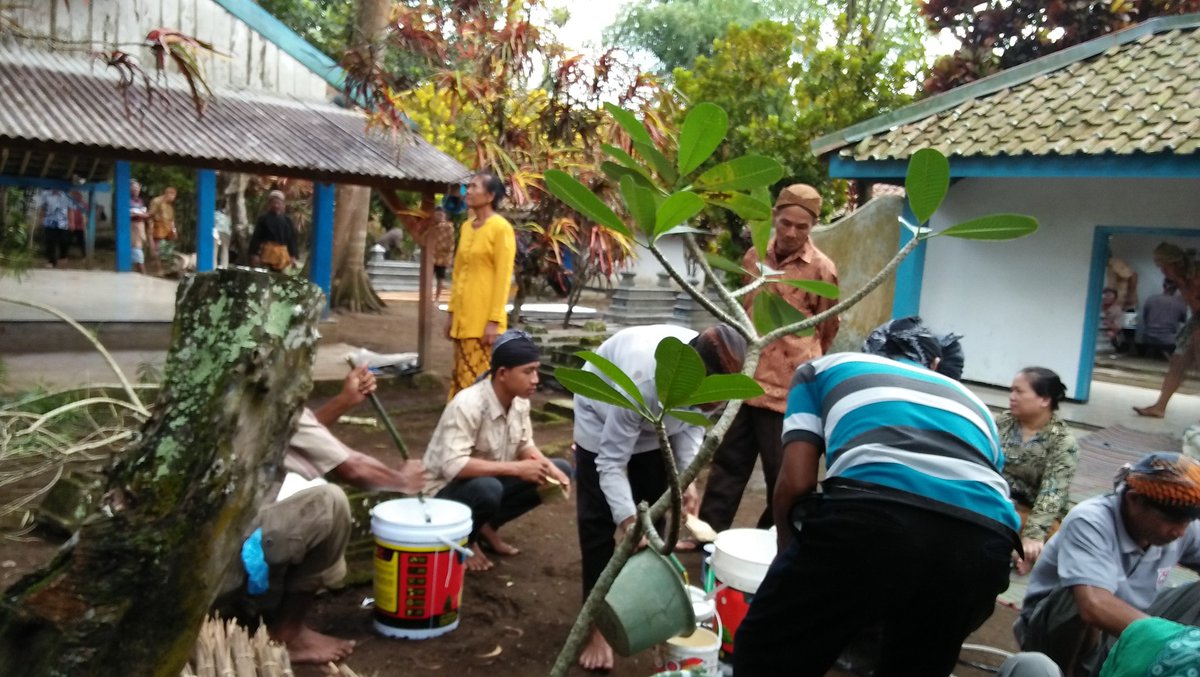Kalikudi is a village situated in the Adipala Subdistrict, Cilacap Regency, Central Java. The village consists of seven hamlets, including Pejaten, Semingkir, Gunung Duren, and Peturusan. Kalikudi Village covers an area of 381 hectares, with about one-third of it being rice fields, and it is home to a population of 8,481 people, the majority of whom are rice farmers. Kalikudi is known as one of the rice granaries in the eastern part of Cilacap.
The origin legend of Kalikudi is closely connected to Eyang Ditakerta. The community believes that Eyang Ditakerta was the individual responsible for clearing the land of the present-day Kalikudi.

The story goes back to the Mataram era. A person named Rangga Taun, originally from Mataram, apprenticed under Kiai Pubasari, the guardian of Sekar Wijaya Kusuma on Nusakambangan Island. Rangga Taun later married the daughter of Kiai Purbasari. They had two sons, Cakra Praja and Rangga Kusuma. As they grew up, Rangga Kusuma married the daughter of Kiai Nayadipa, Demang Bunton, who later became the ancestor of Eyang Ditakerta. This Eyang was the one who cleared the land and established a humble dwelling in the Depok hamlet, which has now become Kalikudi.
The residents of Kalikudi are religiously diverse. The majority (5,600 people) practice Kejawen and firmly adhere to their customs. One of them stated, “We are Islamic, but not Muslim, as we do not follow religious law. Our ancestors have teachings that guide our descendants.”
Another group practices Islamic teachings, with many affiliating with Nahdlatul Ulama (NU). The relationship between those adhering to customs and those associated with NU can be competitive and sometimes tense, but differences are always resolved by reverting to the preserved customs and traditions.
The residents of Kalikudi have established an association called “Resik Kubur Rasa Sejati” (RKRS), which is active and followed by every resident, regardless of whether they follow Kejawen or are devout Muslims. The highest leader of RKRS is known as the “Bundele Adat.” In their spiritual activities, the “Bundele Adat” entrusts full authority to a “kunci” (key holder) assisted by two individuals, positioned at the right and left shoulders. This structure is permanent, and individuals within it pass down their positions to their direct descendants.







